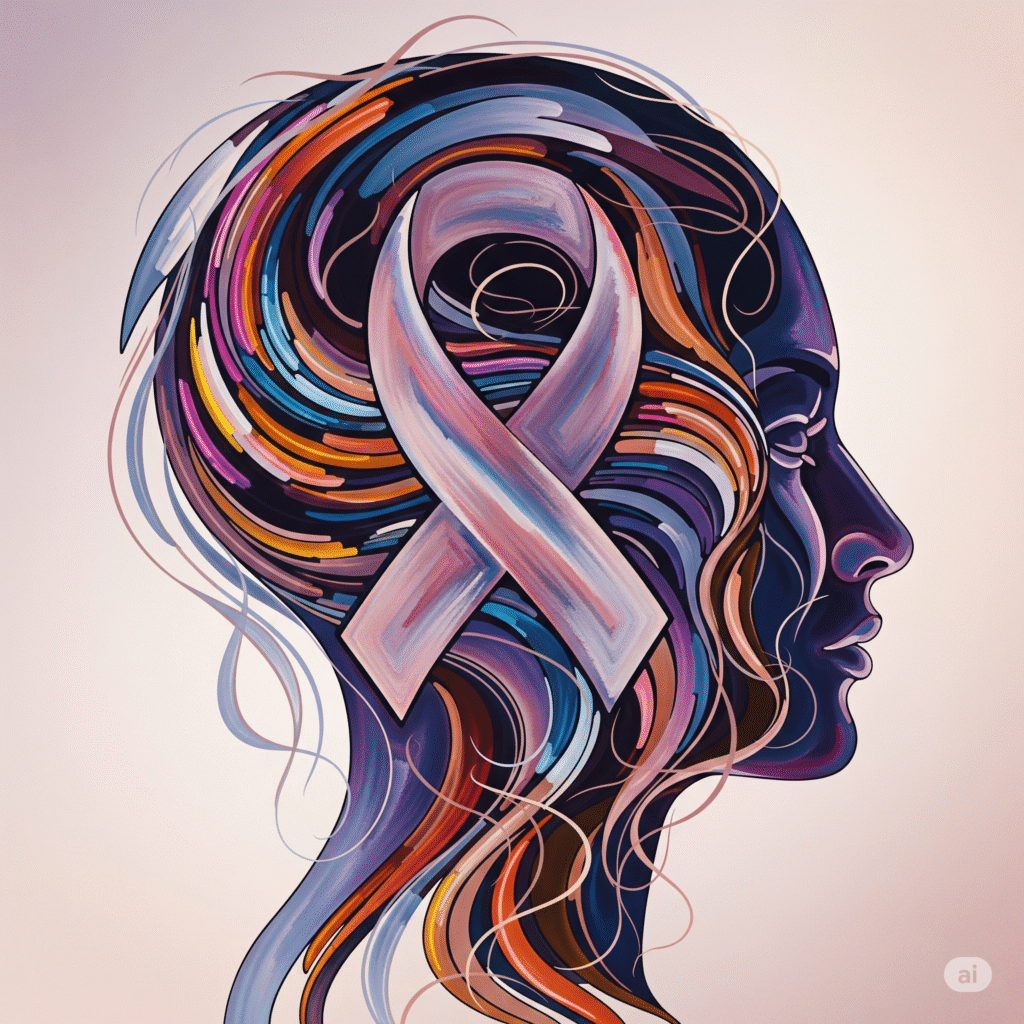What Is Schizoaffective Disorder?
Schizoaffective disorder is a serious mental health condition that features symptoms of both schizophrenia (like hallucinations or delusions) and mood disorders (such as depression or mania).
In simpler terms, it’s a mental illness where psychotic symptoms and significant mood disturbances exist together or separately at different times.
It’s less common than either schizophrenia or mood disorders alone, affecting about 0.3% of the population worldwide.
Types of Schizoaffective Disorder
There are two main types:
Bipolar Type
- Features episodes of mania (high energy, impulsivity) and sometimes depression.
- Often accompanied by psychotic symptoms.
Depressive Type
- Features major depressive episodes only (sadness, hopelessness, fatigue).
- Psychotic symptoms occur alongside depressive symptoms.
Correctly identifying the type helps guide treatment decisions.
Symptoms of Schizoaffective Disorder
Symptoms vary significantly among individuals but typically include:
Psychotic Symptoms (Schizophrenia Features)
- Hallucinations (hearing or seeing things others don’t)
- Delusions (false, fixed beliefs)
- Disorganized thinking or speech
- Paranoia
- Difficulty organizing thoughts or daily tasks
Mood Symptoms
- Depressed mood
- Feelings of worthlessness or hopelessness
- Loss of interest in activities
- Fatigue or low energy
- Changes in appetite or sleep
- Manic episodes (in bipolar type):
- Elevated or irritable mood
- Increased energy
- Decreased need for sleep
- Risky behaviors
Key feature: A person must experience at least two weeks of psychotic symptoms without mood symptoms at some point for a schizoaffective diagnosis.
Causes and Risk Factors
The precise cause of schizoaffective disorder remains unknown, but research suggests:
- Genetics: Family history of schizophrenia, bipolar disorder, or depression increases risk.
- Brain chemistry: Imbalances in dopamine, serotonin, and other neurotransmitters.
- Brain structure: Subtle differences in brain regions linked to emotion and perception.
- Environmental stressors: Trauma, chronic stress, or substance abuse may contribute.
Schizoaffective disorder often appears in late teens to early adulthood.
How Schizoaffective Disorder Is Diagnosed
Diagnosis can be complex because symptoms overlap with other disorders. Mental health professionals:
- Conduct psychiatric evaluations
- Take a detailed medical and family history
- Rule out conditions like schizophrenia, bipolar disorder, or drug-induced psychosis
The DSM-5-TR criteria require:
- An uninterrupted period of illness with major mood episodes (depression or mania) alongside psychotic symptoms
- At least two weeks of psychosis without mood symptoms
- Symptoms causing significant social, work, or personal distress
Treatment for Schizoaffective Disorder
Treatment typically combines medication, therapy, and psychosocial support.
Medications
- Antipsychotics: Help manage hallucinations and delusions (e.g., paliperidone, risperidone).
- Mood stabilizers: Used in bipolar type to reduce mood swings (e.g., lithium, valproate).
- Antidepressants: For depressive symptoms.
Psychotherapy
- Cognitive Behavioral Therapy (CBT): Helps challenge delusional thinking and manage stress.
- Psychoeducation: Teaches individuals and families about the disorder.
- Social skills training: Improves daily functioning and communication.
Support Services
- Case management
- Vocational training
- Support groups
- Assistance with housing or employment
Living with Schizoaffective Disorder
Although schizoaffective disorder can be life-disrupting, many people lead meaningful lives with proper treatment and support.
Strategies that help:
- Staying consistent with medication
- Recognizing early warning signs
- Keeping a routine
- Seeking therapy or support groups
- Building a strong support network
Early diagnosis and treatment significantly improve long-term outcomes.













